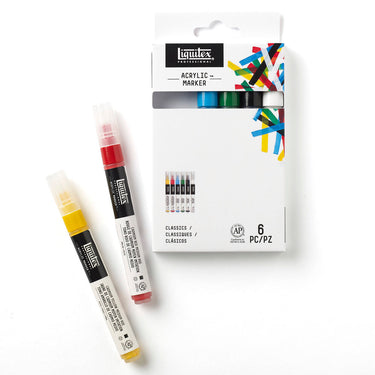Blue jeans. Stonewashed denim. Indigo is synonymous with blue textiles. Indigo sits between blue and violet in the color spectrum and is one of the seven colors of the rainbow. It’s an iconic color that has inspired the new Liquitex Professional Heavy Body Acrylic Indigo. In the lab, our deep midnight blue is mixed from three pigments - PB15:1, PBK7, PV19. But what’s the backstory of this legendary shade?
INDIGO IN HISTORY
As one of the world’s oldest natural dyes, indigo has its roots in the earth. Over the centuries, it has been extracted it from all sorts of flora and fauna… including leafy plants and sea snails! Most natural indigo is obtained from plants in the genus Indigofera, which are native to the tropics.
The oldest known indigo colored fabric was found in Peru and dates back 6,000 years. It was also popular with ancient civilizations from China to Mesopotamia, Egypt to Britain and West Africa. India was the first place to cultivate and commercialize the dye and from here it made its way to the Greeks and the Romans, where it became a luxury commodity.
A global indigo trade began and ran through to the 19th century, reaching all corners of the world. In Japan, the Samurai dyed their underclothes with indigo as it was believed to have anti-bacterial properties and protected the wounds. By dyeing the fabric, it was stiffer and odor and dirt resistant. For a long time, the woad plant was the main source of blue dye in Europe. But by the 19th century, huge amounts of indigo dye were sent from India to Europe to color clothing. French Revolution-era army uniforms were blue indigo - a more practical color than white. Natural indigo dye continued to be used for clothing, including early denim, and was lauded for its natural fading quality which adds a trademark ‘worn-in’, aged look.
Synthetic indigo was first created in in 1897 by German chemist Adolf Von Bayer, who went on to win the Nobel Peace Prize for his work. This started a new era of large-scale synthetic dye production and by the 1950s, the natural indigo trade had virtually died out. High-quality synthetic indigo is now used for fabric dying and artists’ material. Small farms growing indigo plants started up again in the 1970s, as the demand for natural and sustainable colors increased. These natural dyes are now used for high-end denim and other textiles. The denim industry alone uses over 45,000 tons of synthetic indigo a year.
HOW HAS INDIGO BEEN USED BY ARTISTS IN HISTORY?
Over the years, many famous artists have used indigo in their paintings, although some have faded over time. Indigo is understood to have been used as a painting pigment by the ancient Greeks and Romans. It was also used to decorate ancient Mayan pottery and frescoes. Marco Polo, in the 13th century, was the first to report on the preparation of indigo in India. The color has been used in European easel painting since the Middle Ages and France’s Bayeaux Tapestry shows traces of indigo. Flemish artist Rubens used indigo for the darker blue colors in his triptych art piece known as the Descent from the Cross (1612-1614). Vermeer is known to have used indigo in two of his works. It can be found in a smalt mixture in the deep blue robe of the seated Christ in Christ In The House of Martha and Mary. In the iconic Girl With A Pearl Earring it can be found in a deep green glaze which covers the dark tone of the background, giving depth and an enamel quality.
Liquitex Heavy Body Acrylic Indigo has excellent lightfastness, is semi-opaque and is great for mixing black tints, greys, greens and purples. Discover it as part of the professional range.




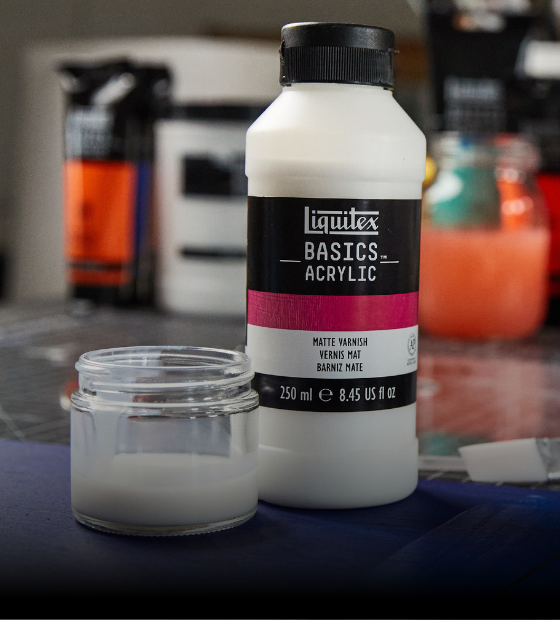










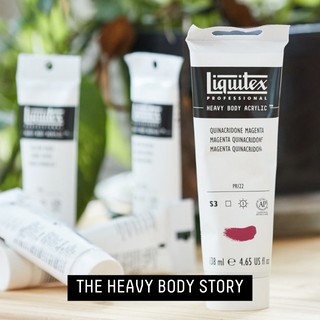
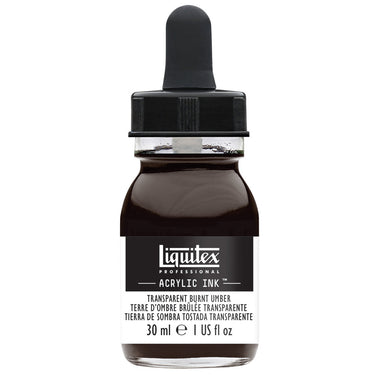
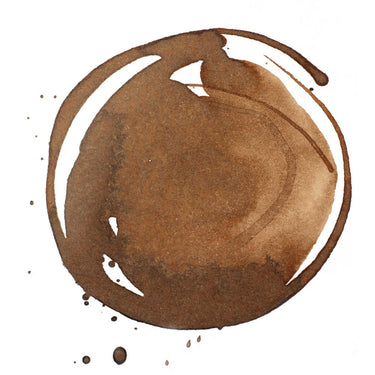

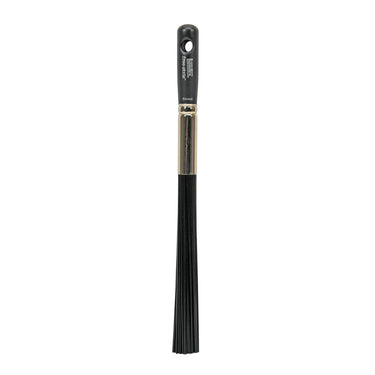






![LQX ACRYLIC MARKER SET 6X 2-4MM CLASSICS [CONTENTS] 887452001225](http://uk.liquitex.com/cdn/shop/files/68762_4855e6eb-82d5-4a11-a736-1f41ab15882e_375x375_crop_center.jpg?v=1709305272)
